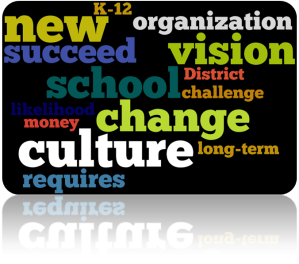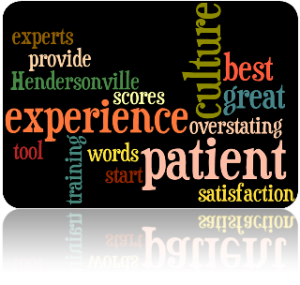 Changing a culture in an organization of any size is a challenge – but it’s often a challenge that must be addressed if the organization wants to succeed. And in the world of K-12 school systems, the organization’s success is dependent on the student’s success, so culture change has an even higher calling – to improve the capabilities and likelihood of success of the children.
Changing a culture in an organization of any size is a challenge – but it’s often a challenge that must be addressed if the organization wants to succeed. And in the world of K-12 school systems, the organization’s success is dependent on the student’s success, so culture change has an even higher calling – to improve the capabilities and likelihood of success of the children.
In the article Allentown School District proposes new high school as part of ‘transformation of our culture’, the school system is trying to create a new focus for many of its students through the development of a new high school – one that is local-industry focused and requires a great deal of partnering with local businesses. This is a new way of thinking, of building, of teaching, and of growing the talents and confidence of local youth.
When describing the overall culture transformation process, the Superintendent states “It will not take 10 days, or 10 weeks; it may even take 10 years before it’s all over because we’re talking about a fundamental, systematic change.” The article notes that “District officials hope this change will keep the district relevant and competitive with charters.” The School Board President notes that “This is a vision, and we all know that visions cost money.”
A way to summarize these key points is to say that competition can be a driver of change. Change requires a vision, that new vision often requires a new culture to enable it to succeed. And to succeed in the long-term, sometimes it takes a longer-term view, time, and money.
This is not a negative about change and competition. In the public school world, it’s become a reality. And to those K-12 organizations wanting to succeed long-term, doing as has always been done is a recipe for a slow, painful demise.
Look to the future with a vision about how to improve the capabilities and likelihood of success for children; then determine the culture that’s required to begin moving toward that vision.
Did you like this post? Here are other Education-related posts:
- K-12 Sustainable Excellence? A School District’s Approach
- Speed the Transformation of Your Customer’s Experience
- Educating Educators on Customer Service
Learn about our CSS Education services at: http://cssamerica.com/education-industry























